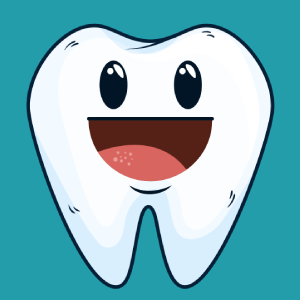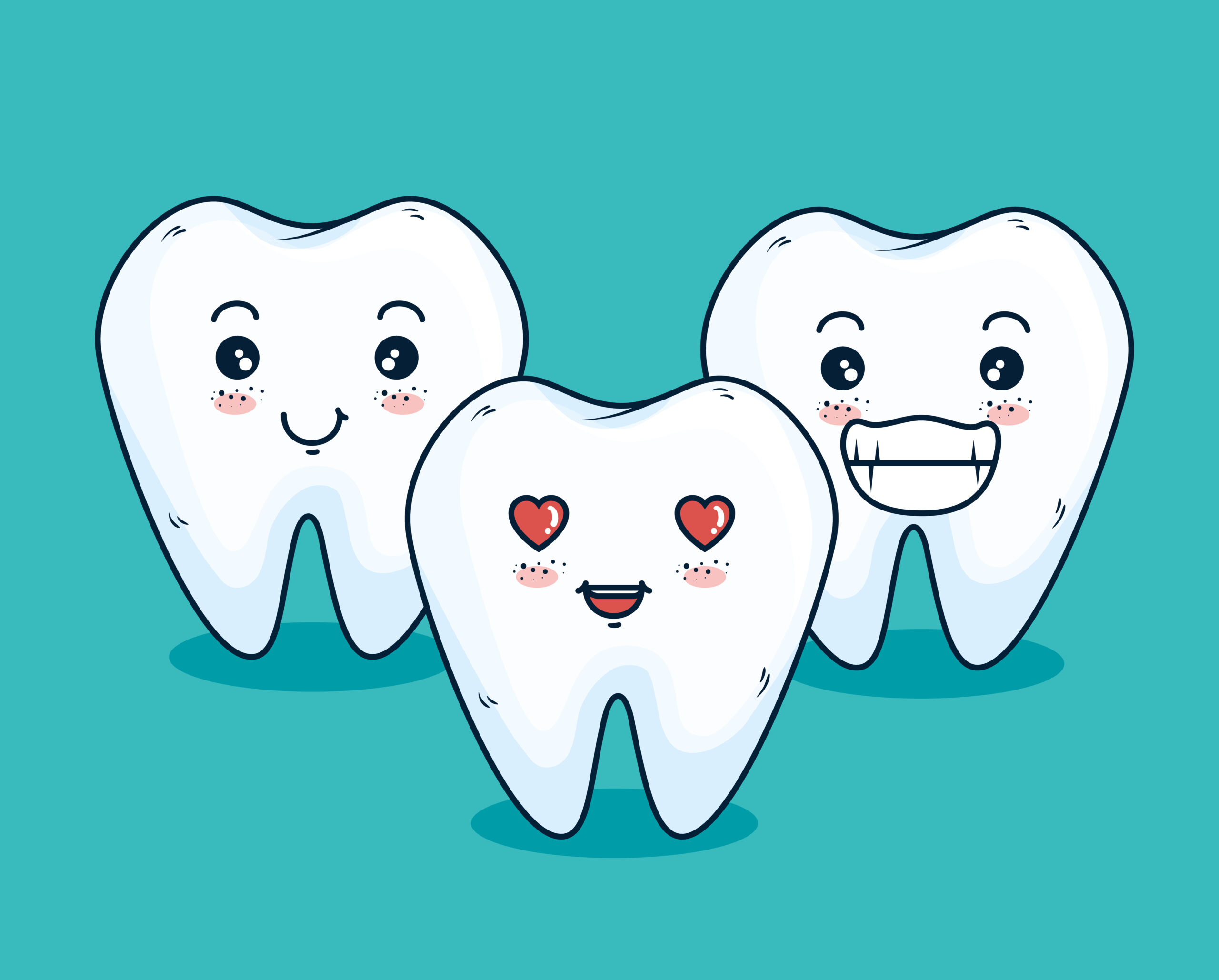What is a Cavity?
A cavity is a hole that occurs on the tooth. We all have bacteria present in our mouths. When these bacteria eat sugars and other foods they produce acid. This acid can cause holes in the teeth to form. It is best to catch cavities early, when they are small, as they are much easier and less expensive to treat. It is also easier on your child.
At Atlantis Children’s Dentistry, we make it our goal to keep your child’s smile healthy, which means preventing cavities from developing and treating them early if they do develop.
Common Procedures
Sealants
A Sealant is a protective coating applied to the back adult molars. This coating prevents cavities from forming on the back adult molars. This procedure is straight-forward, safe and non-invasive.
Nerve Treatments
This form of treatment may involve:
Pulpotomy: Partial nerve treatment to preserve the tooth and keep the nerve alive.
Root Canal Treatment: Removal of the tooth’s nerve, disinfection, and filling of the root.
Extractions
Fillings
Crowns
These crowns are quick to place and are done in one visit. The location of the tooth will define the type of crown that will be used. In most cases, especially those involving back teeth, stainless steel crowns (metal) are used. Our practice offers a non-metal alternative. For more information on non-metal, white crowns, please click here.



